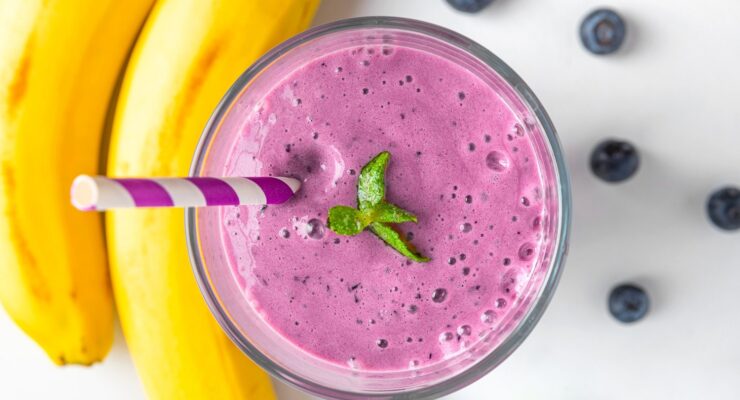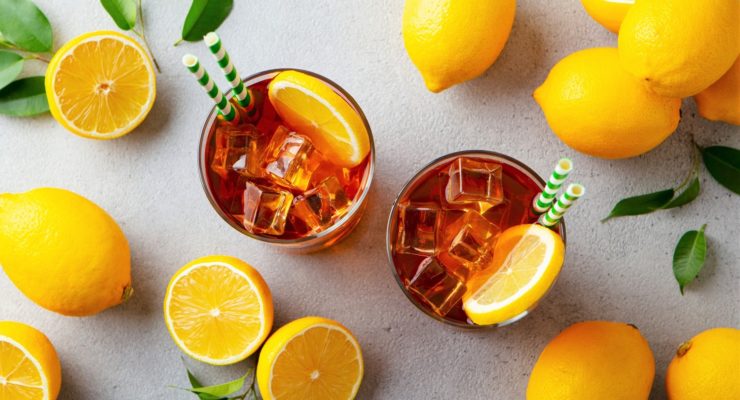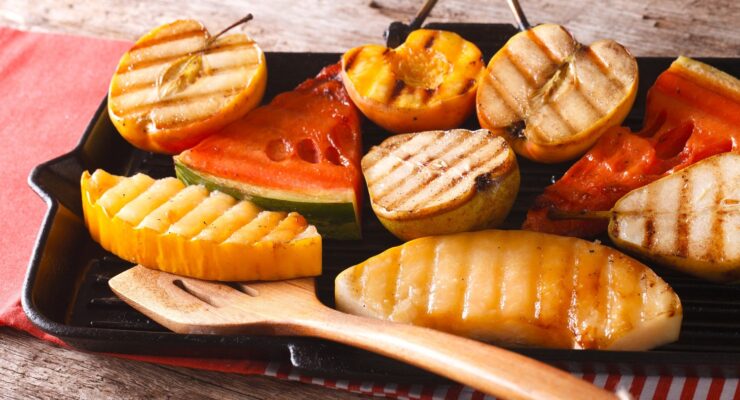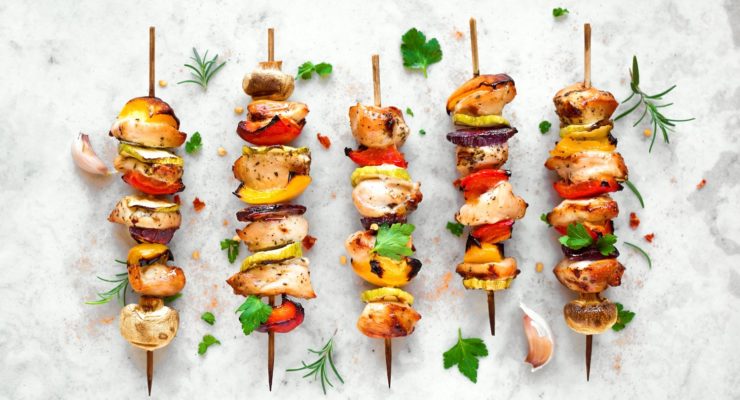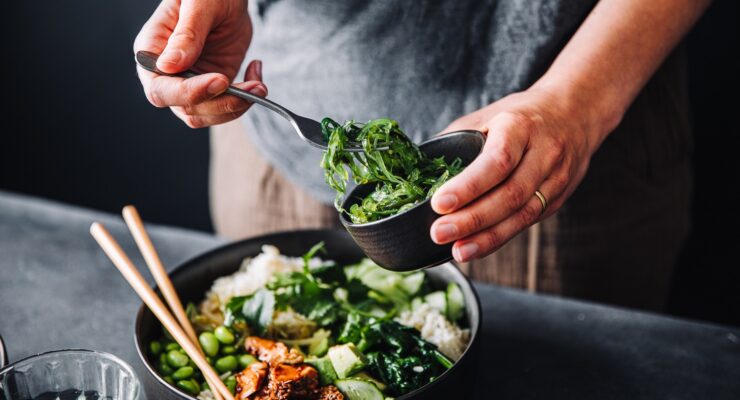Sip Smart: 5 Low Alcohol Drinks for Guilt-Free Nights Out
Article posted in: Diet & Nutrition Experts’ Corner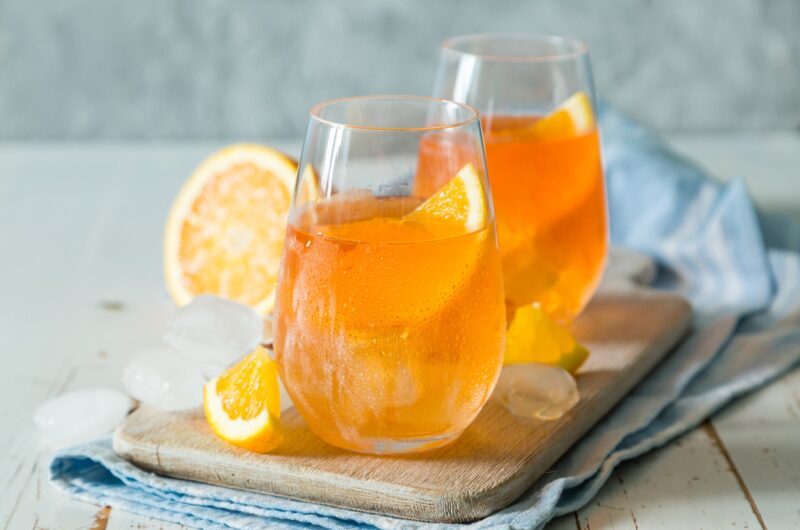
The dilemma of what to drink when celebrating special moments with friends and family can be tricky. On the one hand, you’re concerned about the impact of alcohol on your weight goals, while on the other, you don’t want to miss out on the fun. Plus, you’d rather not explain why you’re not drinking.
These situations are where knowing how to order low alcohol drinks can come in handy. As a middle ground between a cocktail and a mocktail, the low alcohol and calorie content of these beverages allows you to enjoy yourself without completely sabotaging your health goals. Learn how to navigate the bar menu to strike this perfect balance.
Alcohol and Weight Loss
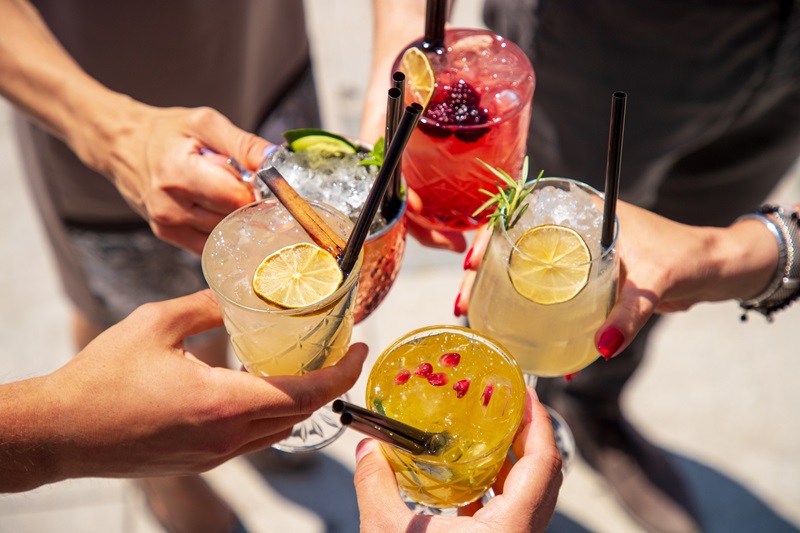
First, it’s essential to recognize that no amount of alcohol intake is considered healthy, and it’s usually recommended that you abstain from alcohol to get the best results from any weight loss plan.
Why? Because alcoholic drinks contain empty calories that add up fast. One 8-ounce margarita, for example, can run you around 200 calories or more. Furthermore, over-imbibing affects your hormones, sleep and digestion, promoting weight gain over time. Lastly, alcohol can affect your judgment around food choices, prompting you to overeat.
For all these reasons, Nutrisystem dietitians recommend sticking to no more than two alcoholic beverages per week. Still, we live in a world where alcohol is at the center of many social and professional events, so it’s important to have a plan to navigate this in a way that feels best for you.
If cutting alcohol out entirely is unrealistic, reducing your intake by choosing lower alcohol drinks can still be beneficial.
How To Order Low Alcohol Drinks with Fewer Calories
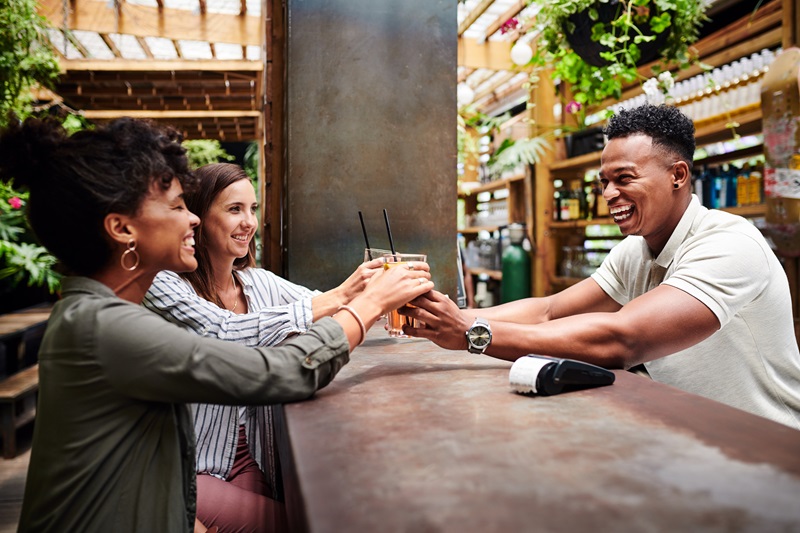
Remember that a lower alcohol content drink does not guarantee a lower-calorie drink. These tips will help you lighten up both the calorie and alcohol content of your favorite cocktails.
- Ask for a light pour when ordering your go-to cocktail. Typically, bartenders will only pour ¾ of the usual amount.
- Ask for any drink: “Tall, single.” You’ll get your standard drink in a taller glass with more ice and mixer, diluting the alcohol by volume, which can help you slow down your total alcohol intake.
- Use low-calorie mixers like club soda, water, fresh fruit, lemon or lime juice, diet soda, light cranberry juice, coffee or tea. These dilute the alcohol, giving you a larger drink to sip without adding many calories.
- Switch to low-proof options. Replace high-proof liquors like vodka, rum and tequila with low-proof options like white wine, champagne, Aperol, vermouth and light beer.
5 Low Alcohol Drinks You Can Order at Any Bar
Aperol and Soda
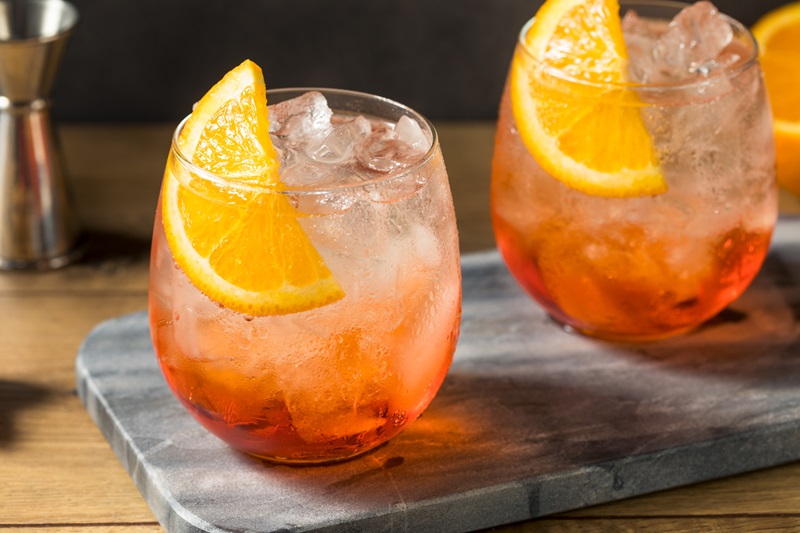
Aperol is an Italian liqueur that tastes citrusy and sweet. At 11% alcohol by volume (ABV), it is significantly lighter in alcohol content than other liquors, which clock in around 40% ABV. The Aperol spritz is well known, but a simple mix of Aperol and soda keeps calories at about 100 per drink.
White Wine Spritzer

Typical white wines have an alcohol content of 10%, which you can dilute further by turning your wine order into a wine spritzer. Adding soda and fresh fruit reduces the alcohol per ounce while keeping calories between 60 and 100 per drink.
Prosecco

There is generally less alcohol in champagne than in most liquors, and a brut prosecco is near the lowest end of the alcohol and calorie scale. At 10 to 12% ABV, one glass of prosecco provides around 80 to 100 calories.
Diet Ginger Ale and Vermouth

Vermouth’s alcohol content is relatively low, ranging from 16 to 18% ABV. It’s also low in calories, around 60 calories per 1.5-ounce pour. Pair with diet ginger ale for a low-calorie spiked soda. If diet ginger ale is unavailable, it tastes just as good mixed with club soda and lime.
Light Beer

There’s no shortage of unique craft beer varieties, but standard light beers are among the easiest low-calorie and low-alcohol-content drinks available at most bars. These beers range from 3 to 4% ABV and 65 to 100 calories per 12 oz.
Other Ways To Reduce Your Alcohol Intake
Beyond changing up your order at the bar, there are a few other steps you can take to reduce your overall alcohol intake in support of your weight loss goals.
- Alternate between alcoholic and non-alcoholic drinks. You can reduce your overall intake during a night out by finishing a glass of water or seltzer and lime between each boozy beverage.
- Reduce your drinking frequency. If you’re used to a glass or two of wine each night at dinner, instead, pick two nights per week to treat yourself.
- Consult your store clerk. Around one third of Americans are trying to drink less, which means there is an expanding market for lower-alcohol beverages. The next time you’re shopping, consult your store clerk to learn about some lower alcohol options on their shelves.
How To Account For Alcohol In Your Weight Loss Plan
It’s inevitable that including alcohol in your diet will provide additional calories. It may be tempting to eat less when you know you’ll be drinking, but this is a bad idea. Drinking on an empty stomach means alcohol enters your bloodstream rapidly, producing fast and potentially harmful effects.
Furthermore, you don’t want to get in the habit of replacing nutrient-dense foods with alcohol. Instead, aim to be mindful of your alcohol choices with the tips provided above. Chalk any extra calories up to enjoying yourself during a special occasion. Get right back to your plan the next day.
If you feel your alcohol intake is stopping you from making any progress, it’s time to talk to your healthcare provider about other strategies.
Conclusion
Striking a balance between enjoying social occasions and maintaining health and weight goals can be challenging. However, a little ordering know-how makes it possible. By choosing lighter pours, low-calorie mixers and lower-proof options, you can enjoy drinks without worrying about excess calorie intake.
References
- Traversy G, Chaput JP. Alcohol Consumption and Obesity: An Update. Curr Obes Rep. 2015;4(1):122-130. doi:10.1007/s13679-014-0129-4


